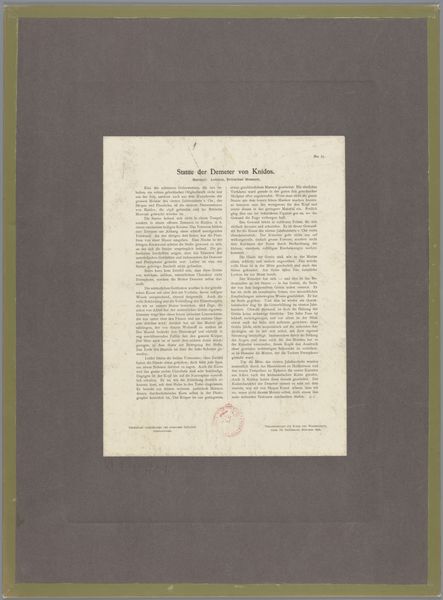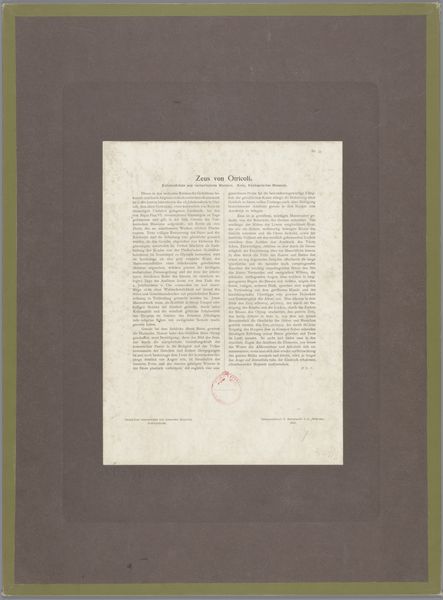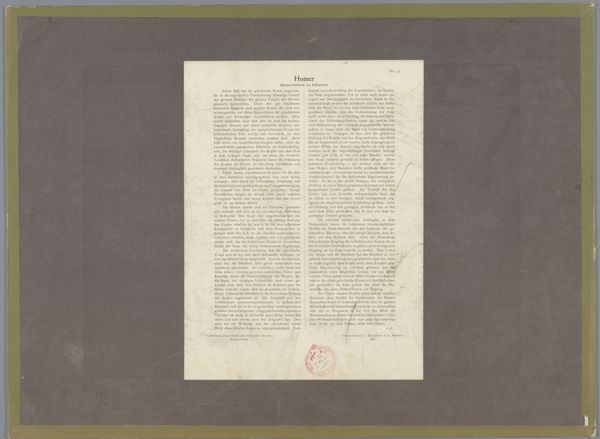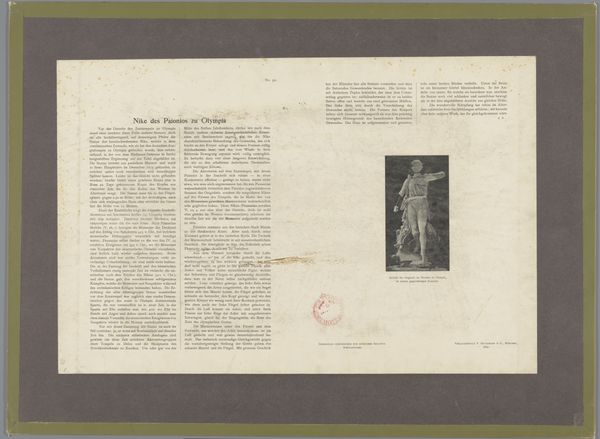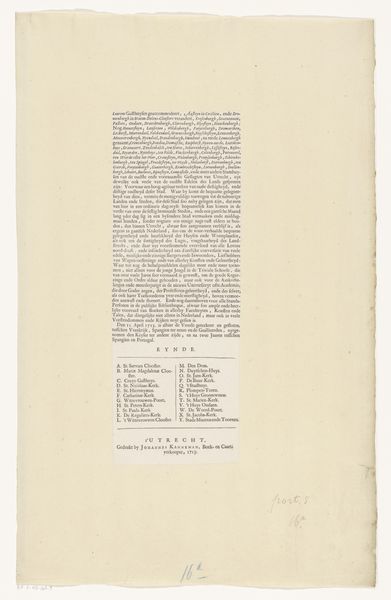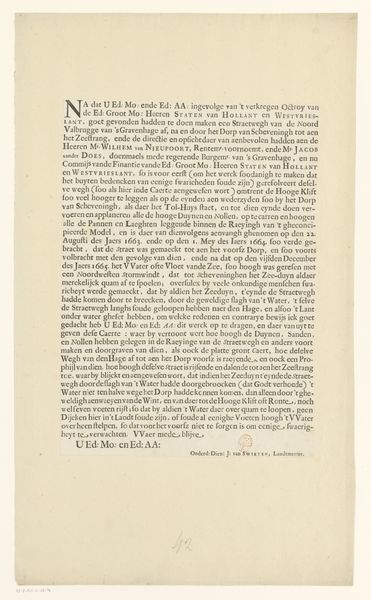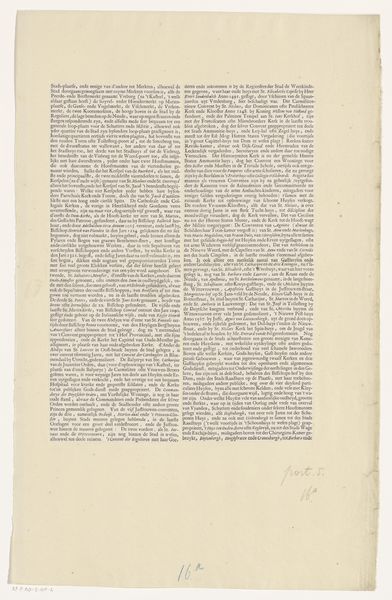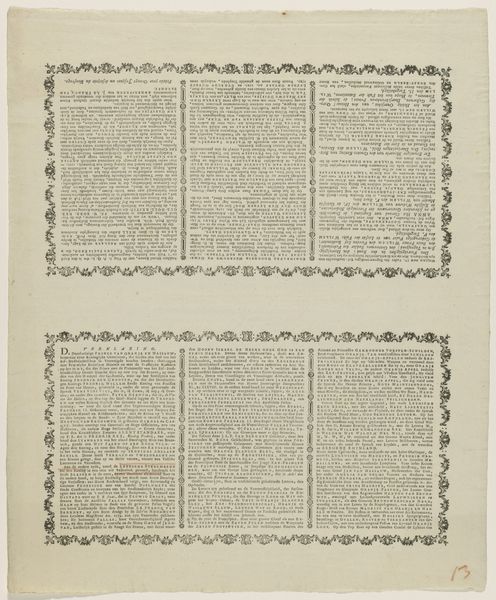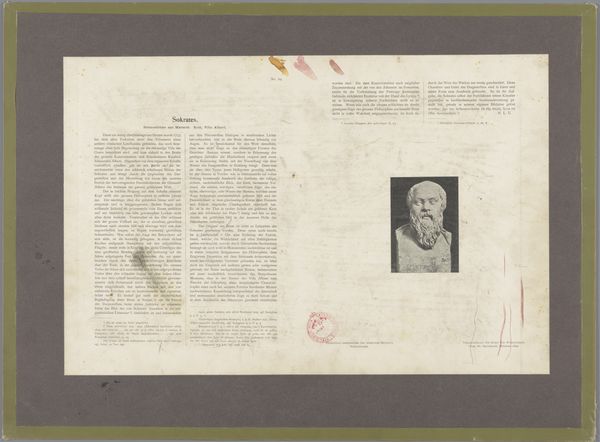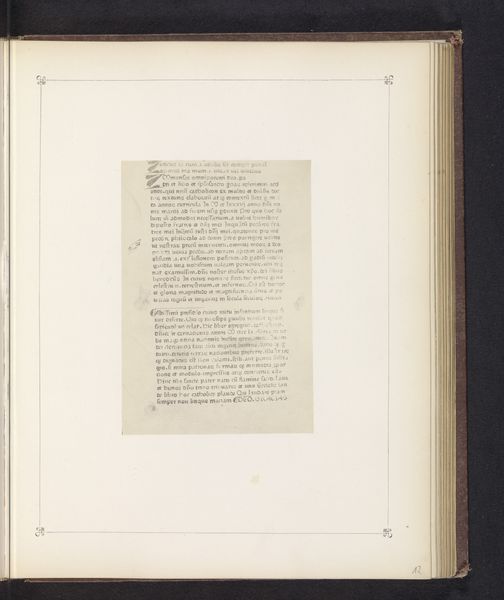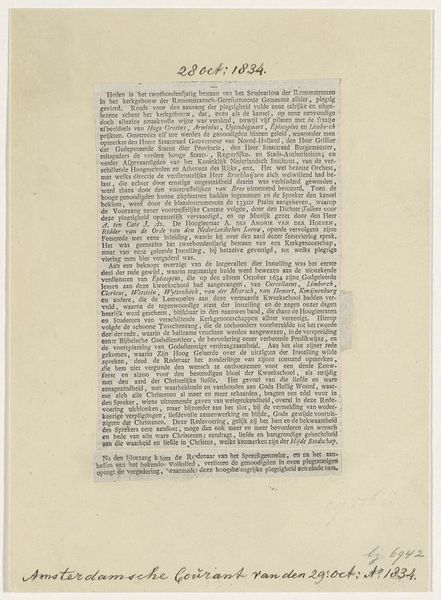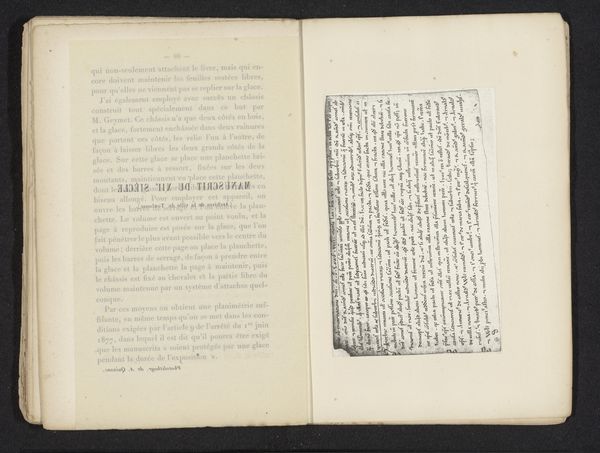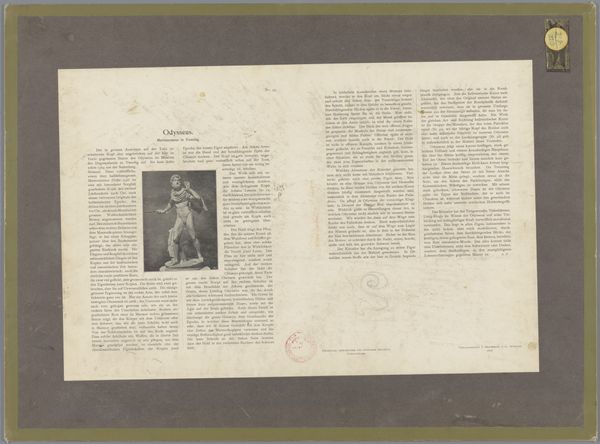
drawing, print, paper, sculpture
#
portrait
#
drawing
# print
#
paper
#
ancient-mediterranean
#
sculpture
#
academic-art
Dimensions: height 404 mm, width 291 mm
Copyright: Rijks Museum: Open Domain
Editor: So, here we have a print from 1896, titled "Sculptuur van Menelaos en Patroklos in de Loggia dei Lanzi te Florence," a drawing on paper reproducing an ancient sculpture. It looks like a newspaper or magazine clipping. I find it kind of unsettling – like witnessing a private moment of grief. What catches your eye? Curator: That unsettling feeling is key. We are presented with a reproduction of a sculpture depicting Menelaos supporting the dying Patroklos. This work, steeped in the tradition of academic art and referencing antiquity, invites us to consider the construction of masculinity and the visual representation of homoerotic bonds. How do you think its original cultural context may differ from the interpretation it invites in contemporary times? Editor: Well, in ancient Greece, male relationships were sometimes seen as mentorships, not always sexual, and vital to society. Now, it feels different... more vulnerable, more emotionally charged. It's striking. Curator: Exactly. This representation becomes incredibly complex when viewed through a modern lens. The heroic ideal, sacrifice, grief – they're all tangled up with questions of power, vulnerability, and the visibility of same-sex love throughout history. Does this change how you see the artwork now? Editor: Absolutely. Seeing it as a reflection on the historical interpretation of these relationships, how perceptions change…it adds another layer of complexity. Curator: Indeed. This work encourages a critical look at art history itself. The choice to reproduce it and disseminate it like this through mass media suggests that its historical relevance in society may shift as representation shifts through cultural contexts. Editor: I see what you mean. It’s more than just an image of grief; it's a loaded cultural artifact. Thank you!
Comments
No comments
Be the first to comment and join the conversation on the ultimate creative platform.
